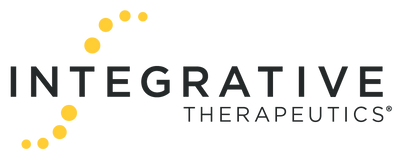Acute illnesses like seasonal colds carry a heavy socioeconomic burden and impact livelihood in several ways. The impact can take a great toll on society including children, families, and the medical fraternity. This results in increased direct costs (e.g., clinic visits, drug consumption, hospitalizations), indirect costs (such as absenteeism at work and reduced productivity), and intangible costs (e.g., pain, suffering and impaired quality of life).1,2
There are many ways to try and prevent seasonal colds and flus, from proper hygiene practices to reduce the spread of the cold virus to annual influenza immunizations, each with its own unique properties. For the purpose of this discussion, let’s learn and understand a homeopathic approach to manage seasonal cold symptoms and speed recovery which can help alleviate some of this socioeconomic burden.

For centuries, people have sought wellness support and healing from nature. Homeopathy is based on the Law of Minimum Dose with ingredients such as minerals, elements, plants, animals, etc, developed in Germany more than 200 years ago.
Pelargonium sidoides, commonly known as the South African geranium and named for its native habitat and species family, is much more than a pretty flower. It bears a resemblance to the common garden geranium but has spiky, dark purple or magenta flowers. It grows best in the soils of South Africa, where its roots are prized. The roots have been used for hundreds of years for a variety of wellness purposes.
Respiratory management strategies with Pelargonium sidoides 1X
The chemical structure of the plant was discovered by German researchers in 1972.3 As further research was done, a proprietary extract EPs 7630 was developed. It is currently manufactured by Schwabe Pharmaceuticals and registered by ISO Pharmaceuticals, Ettlingen, Germany.4
The EPs 7630 extract has been studied and well researched to understand its role in reducing the duration and severity of the common cold, including sore throat, congestion and bronchial irritations.
EPs 7630: Proposed mechanisms of action
In vitro studies suggest that the proposed mechanisms of action of EPs 7630 are multifactorial. EPs 7630 has immuno-stimulating activity and may promote an innate immune defense to eliminate foreign microbes quickly and efficiently.5 As an immunomodulator, EPs 7630 promotes an increase in activity of monocytes, phagocytes6, natural killer cells7, and stimulates the release of cytokines from cells. These results from the basic research studies suggest EPs 7630 may enhance the production of T cells and antimicrobials that can impact the respiratory system.8
Additionally, in vitro studies suggest that EPs 7630 prevents viruses and bacteria from adhering to epithelial cell membraines9 and stimulates ciliary beat frequency.10 This action may promote a mucolytic effect supporting mucus clearance during acute upper respiratory tract irritations.
Dosage recommendations for EPs 7630
EPs 7630 is available in a couple of different forms in the market including tincture, chewable tablet and syrup. The recommended dose for chewables for adults and children 13 years and older is 1 chewable 3x/day and 1 chewable 2x/day for children 6-12 years. The recommended dose of the syrup for adults and children over the age of 12 years is 1.5mL 3x/day for 7 to 10 days. Homeopathic tinctures often contain alcohol and should be taken in accordance with the product’s recommended age of use and dosage.
Conclusion
Clinical research behind EPs 7630 has advanced considerably in recent years and it continues to be a focus point of ongoing research in treatment of the common cold. Several clinical trials have widely shown it's role not only in reducing the symptoms resulting from irritation of the airways, but also shortening the duration of illness to earlier resumption of usual activities in the patients affected.11,12
References
- Gasparini et Human vaccines & immunotherapeutics. January 2012. 8(1):21-8
- Klepser. Drugs. September 2014. 74(13), 1467–1479.
- Kolodziej. Phytomedicine. 2007. 14(suppl 1):9-17.
- Brown. Natural Medicine Journal. January 2014.
- Witte et al. PLOS ONE. September 2015. 10(9).
- Conrad et al. Phytomedicine. 2007. 14(suppl 1):46-51
- Kolodziej & Kiderlen. Phytomedicine. 2007. 14(suppl 1):18-26
- Witte et al. J Mol Med. 2020. 98, 1493–1503
- Conrad et al. Phytomedicine. 2007. 14(suppl1):52-59
- Neugebauer et al. Phytomedicine. 2005. 12:46-51
- Matthys et al. J Lung Pulm Respir Res. 2016. 3(1):00068
- Timmer et al. Cochrane Database of Systematic Reviews. 2008. Issue 3


